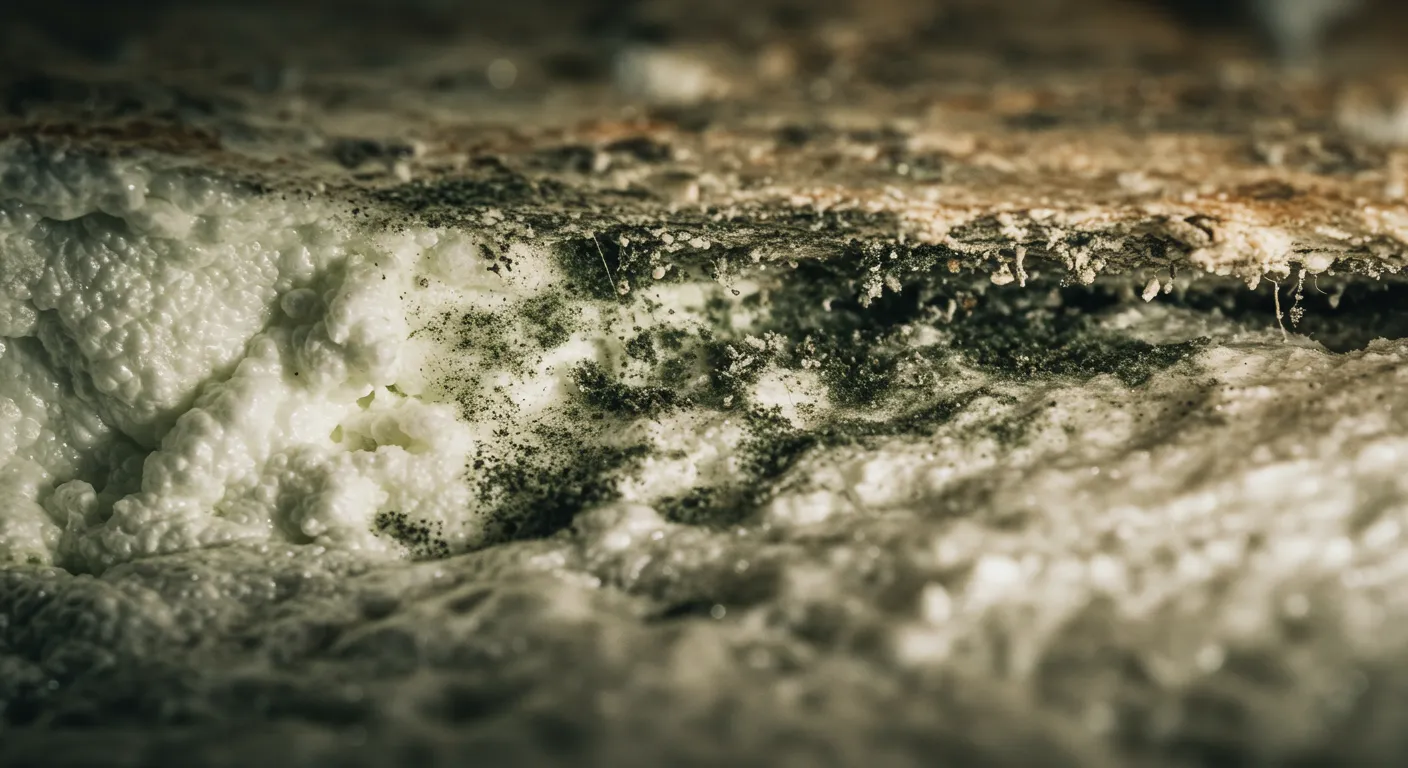
Spray foam insulation is widely regarded as an effective solution for energy efficiency, air sealing, and moisture control. However, homeowners and builders often wonder whether mold can grow behind spray foam insulation. This concern is particularly relevant in regions with high humidity, such as Olympia, WA, where moisture-related issues can affect residential and commercial buildings.
Mold growth behind insulation is a significant issue because it can compromise indoor air quality, damage structural components, and lead to costly remediation efforts. Understanding how spray foam insulation interacts with moisture and whether it can support mold growth is crucial for homeowners, contractors, and property managers.
Spray foam insulation is categorized into two primary types:
Both types provide insulation by expanding upon application and creating an airtight seal, preventing drafts and enhancing thermal performance.
Spray foam insulation is known for its ability to resist moisture, especially closed-cell foam, which acts as a vapor barrier. However, improper installation, structural issues, or pre-existing moisture problems can create conditions that allow mold growth behind the insulation.
Mold requires three main conditions to thrive:
Spray foam insulation reduces the likelihood of mold growth by limiting moisture accumulation and air movement. However, under certain conditions, mold can develop behind it.
| Insulation Type | Mold Resistance | Moisture Control | Air Sealing |
| Fiberglass | Low | Poor | Moderate |
| Cellulose | Low | Poor | Moderate |
| Open-cell Spray Foam | Moderate | Moderate | High |
| Closed-cell Spray Foam | High | Excellent | High |
Compared to traditional insulation materials like fiberglass or cellulose, spray foam provides better moisture control, reducing the chances of mold growth. Closed-cell spray foam, in particular, offers superior moisture resistance, making it ideal for damp climates like Olympia, WA.
While spray foam insulation is highly effective at preventing moisture buildup and mold growth, improper installation, leaks, or pre-existing moisture issues can still lead to mold problems. By choosing high-quality spray foam insulation and following best practices for moisture management, homeowners can significantly reduce the risk of mold growth behind the insulation.
For expert guidance on spray foam insulation and mold prevention, reach out to Capital City Spray Foam of Olympia.
If you’re considering spray foam insulation for your home or business in Olympia, WA, consult experienced professionals to ensure proper installation and long-term protection against moisture and mold. Contact our team today for a consultation!
No, mold cannot grow inside spray foam because it does not provide an organic food source. However, mold can develop on adjacent materials if moisture is present.
Signs of mold behind insulation include musty odors, unexplained allergies, or visible moisture damage. Professional mold inspections can detect hidden mold issues.
Closed-cell spray foam is more effective in preventing mold growth because it acts as a moisture barrier, while open-cell foam can absorb moisture.
Contact a professional mold remediation service to assess and address the issue. Removing affected materials and identifying the source of moisture is crucial.
Yes, the damp climate in Olympia, WA, can contribute to mold risks. Using closed-cell spray foam and maintaining proper ventilation can help mitigate these risks.